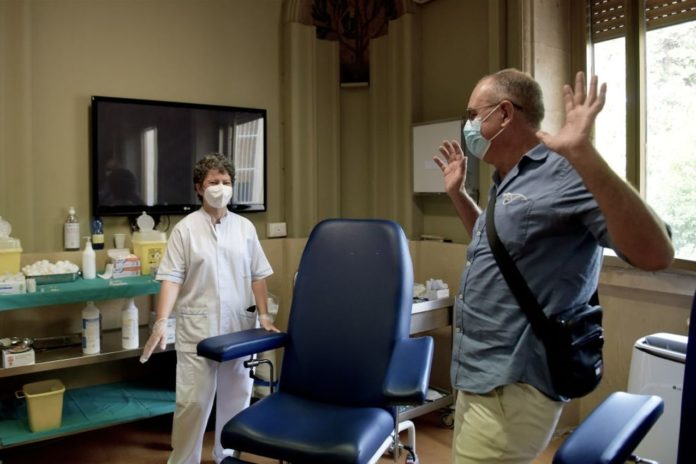It uncovers one of the most important mysteries about the coronavirus
A new study published in Nature Communications emphasizes the potential of organoids for basic research on coronaviruses, as well as prospective therapeutic targets.
Organoids are 3D constructs made of stem cells that mimic organ function. Previously, researchers were successful in building organoid models for a variety of organs, including the stomach, lung, uterus, and even the snake venom gland.
Organoids have proven effective in diagnostics, predicting therapy responses in patients, and uncovering secrets about the genesis of tissues and unusual cell types.
Host factors
For certain goals, researchers can add levels of complexity to organoid cultures. They can, for example, introduce pathogens into tumour organoids to evaluate the efficacy of therapy or add immune cells to tumor organoids to study the efficacy of therapy.
The latter method was recently employed to simulate coronavirus infections in human cells. One of the most important mysteries about the coronavirus – and viruses in general – is what factors it employs to enter and reproduce in human cells.
These so-called host factors may be attractive therapeutic targets for influencing viral reproduction and propagation.
Biobank of intestinal organoids
The groups of Hans Clevers and Bart Haagmans created a biobank of mutant intestinal organoids to learn more about the host components that are notably critical for coronavirus replication and transmission. This means that the organoids, which mimic the biology of the intestine, included a variety of alterations in host components previously identified as important for coronaviruses. These mutations alter the activity of the host factors.
TMPRSS2 as therapeutic target
As a result, the researchers injected the mutant organoids with SARS-CoV-2, the virus responsible for COVID-19, to investigate the effect of the mutations on virus replication and transmission. They discovered that the gene TMPRSS2 is important in this mechanism, as organoids with non-functioning TMPRSS2 displayed lower virus proliferation and transmission. As a result, this gene may be a promising treatment target for this coronavirus. Recently, TMPRSS2 inhibitors have been created.
Relevance of human models
Previously, researchers employed animal cell lines (most notably, those of the African green monkey) to find therapeutic targets for the coronavirus. These cell lines are simple to deal with, however they do not fully replicate the biology of human cells that are targeted by SARS-CoV-2. This is demonstrated by the anti-malaria medicine chloroquine, which was found to be effective against SARS-CoV-2 infection in these cell lines but unsuccessful in human clinical trials. This suggests that cell lines cannot accurately predict the efficacy of medicines in humans. The researchers found no therapeutic benefit when they repeated the Chloroquine trials with mutant organoids instead of previously employed cell lines. In other words, the outcomes in organoids were comparable to the results in clinical trials, implying that, as compared to animal cell lines, organoids may be more adapted to predict therapeutic efficacy in humans.
Future viruses
The groups of Hans Clevers and Bart Haagmans highlight the importance of organoids in coronavirus research in their work, which was published in Nature Communications. TMPSS2 is also identified as a potential treatment target for SARS-CoV2. Their newly constructed biobank could potentially aid in the screening of future developing viruses in order to quickly discover treatment targets.
Image Credit: Simona Granati / Getty
